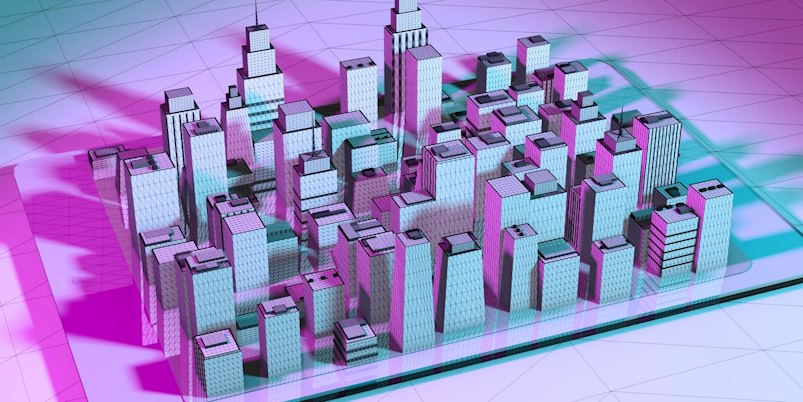How Can I Tokenize Real-world Assets Such As Real Estate Or Artworks?
The integration of time-honored assets with state-of-the-art blockchain technology marks a financial revolution, challenging established norms in ownership and investment. Tokenization, the transformative process of converting tangible assets, such as real estate and art, into digital tokens on the blockchain, is reshaping the landscape of accessibility, liquidity, and inclusivity within the financial realm.
How can I do it?
Tokenizing real-world assets like real estate or artwork involves a series of steps to transform physical assets into digital tokens on a blockchain. Here’s a general guide on how to tokenize these assets:
Define the Asset
Clearly articulate the characteristics and specifications of the asset. Include details such as location, size, condition, and other relevant information.
Legal and Regulatory Compliance
Engage legal experts to navigate the complex regulatory landscape. It involves understanding the legal status of the asset, potential licensing requirements, and compliance with securities laws.
Asset Valuation
Collaborate with appraisers or valuation experts to determine the asset’s fair market value. This valuation will be critical in establishing the total token supply and the individual value of each token.

Choose a Blockchain Platform
Select a blockchain platform that aligns with your project’s goals. Consider factors such as scalability, transaction speed, and community support. Ethereum is a popular choice, but explore alternatives based on your specific needs.
Smart Contract Development
Engage blockchain developers to create smart contracts governing the tokenization process. These contracts should be transparent, secure, and include functionalities such as ownership transfer, dividend distribution, and governance mechanisms.
Tokenization Process
Convert essential details of the asset into a digital format compatible with the chosen blockchain. It might include property deeds, ownership records, or detailed information about the artwork.
Token Issuance
Generate digital tokens on the blockchain representing ownership rights in the asset. These tokens can be minted according to the determined valuation, and each token represents a share or fraction of the total ownership.
Distribution
Develop a fair and transparent distribution mechanism for the tokens. It could involve a private sale, a public offering, or other strategies to attract investors.
Secondary Market Integration
Integrate the tokenized asset into secondary markets or decentralized exchanges where investors can buy, sell, or trade these tokens. Ensure compatibility with popular wallet solutions for ease of use.


